Top 7 Craft Beer Trends to Watch in 2025
As we charge into 2025, the trends shaping the craft brewing industry are as layered and flavorful as the beers themselves. From sustainable practices to tech innovations and the unstoppable rise of e-commerce, it’s clear: breweries are brewing up more than just beer—they’re creating full-on cultural experiences.
Sustainability Takes the Spotlight in Craft Brewing
Green is the new gold in 2025’s craft beer scene. Breweries aren’t just focused on brewing the perfect stout or IPA anymore—they’re just as obsessed with how that beer is made. Why? Because today’s consumers care. People want guilt-free pints that don’t cost the Earth.
We’re seeing brewers invest in renewable energy systems, like solar panels, to cut down on carbon emissions. Others are recycling wastewater or using CO2 capture technology to reduce greenhouse gases. Even packaging is going green, with aluminum cans and biodegradable six-pack rings replacing plastic.
And don’t forget ingredients. Local sourcing and organic hops are trending up as breweries try to trim their carbon footprint and support nearby farmers. Sustainability is no longer a niche—it’s the new normal.
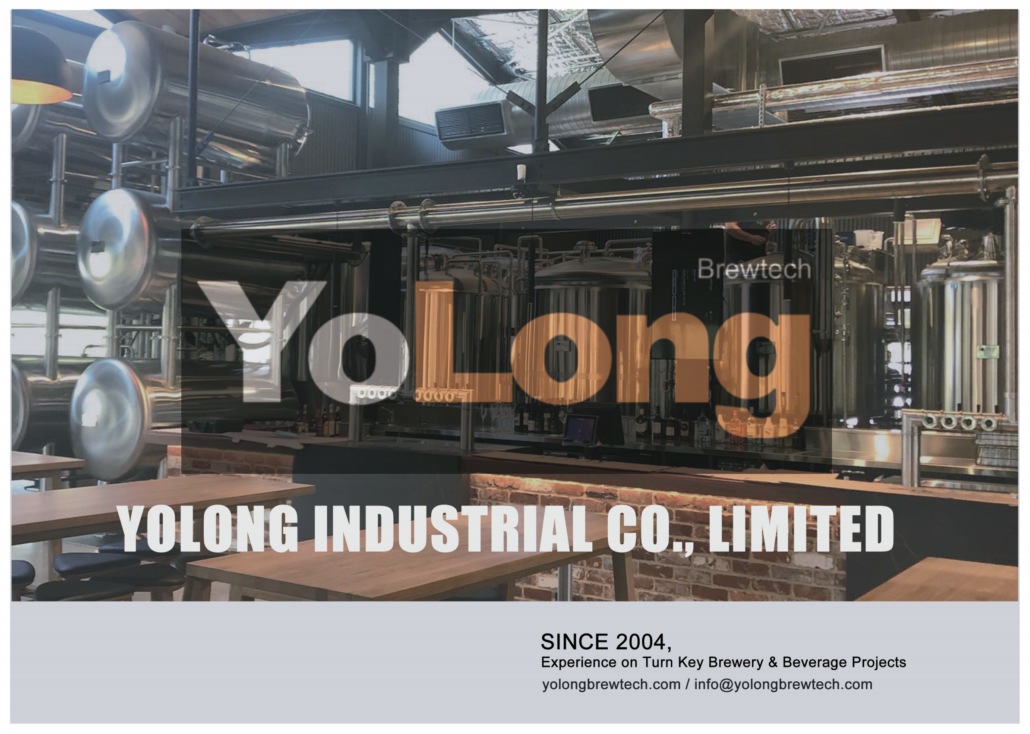
Low and No-Alcohol Craft Beers Rise in Popularity
Remember when “non-alcoholic beer” was the sad stepchild of the brewing world? Not anymore. In 2025, low- and no-alcohol beers are having their moment, and they’re tasting better than ever.
Driven by the wellness wave, consumers want beers that don’t leave them hungover or bloated. Gen Z and Millennials especially are leaning into moderation. So, brewers have stepped up their game with full-flavor NA brews that mimic the complexity of traditional beer—minus the buzz.
Innovative brewing techniques, like arrested fermentation and dealcoholization, are giving us IPAs with aroma, stouts with depth, and lagers with crispness—all under 0.5% ABV. And they’re being sold not just in health stores, but front and center in taprooms and supermarkets.
Innovative Flavors and Local Ingredients Shape Craft Beer in 2025
Gone are the days when craft beer meant just hoppy IPAs. In 2025, flavor is the playground and brewers are the mad scientists. Think jalapeño mango saisons, lavender honey blondes, or mushroom-infused porters. If it grows, it goes in beer.
But it’s not just about being wild—it’s about being local. Brewers are embracing terroir, much like winemakers, incorporating native ingredients that give each beer a unique sense of place. From desert sage in Arizona to foraged berries in Oregon, these brews tell a story.
And the best part? Consumers love it. People are craving authenticity and connection, and nothing says that like drinking a beer made with ingredients from your own backyard.
Tech-Driven Brewing (AI & Automation) Pushes Precision and Efficiency
| Technology | Application in Brewing | Advantages | Challenges |
|---|---|---|---|
| AI Algorithms | Recipe development and flavor prediction | Faster innovation, data-driven taste profiling | Needs large data sets, potential loss of human creativity |
| Automated Systems | Mash, fermentation, packaging | Consistency, reduced labor costs, scale-up ease | High upfront costs, maintenance complexity |
| IoT Sensors | Monitor temperature, pH, CO2 levels | Real-time tracking, precision brewing | Integration issues in older equipment |
| Blockchain | Track ingredient sourcing and sustainability | Transparency for consumers | Still early adoption, complex to implement |
Breweries are jumping into the digital era like never before. Artificial intelligence is no longer sci-fi; it’s helping brewmasters craft the next big hit. Algorithms analyze flavor profiles, optimize fermentation, and even help predict trends.
Automation? That’s helping small brewers scale up without losing quality. With systems that can control mash temperatures down to the decimal and monitor fermentation 24/7, it’s easier than ever to be consistent and cost-effective.
Sure, there are challenges—especially for legacy breweries with traditional setups—but the payoff is worth it. Expect to see more “smart breweries” popping up in 2025.
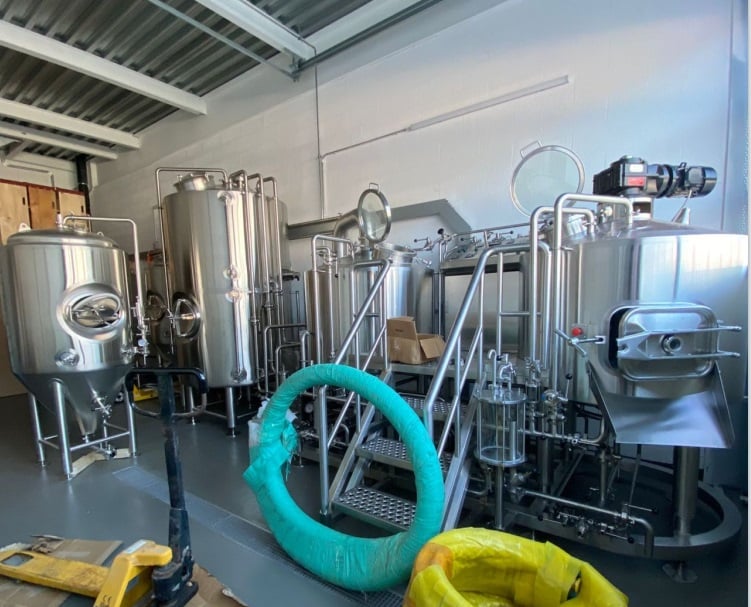
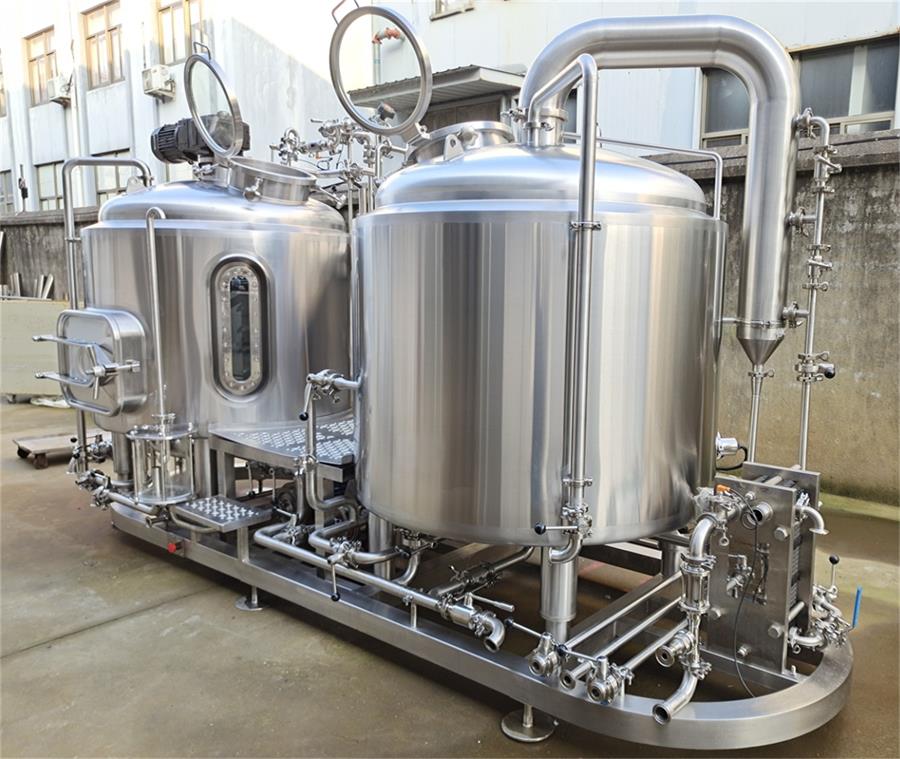

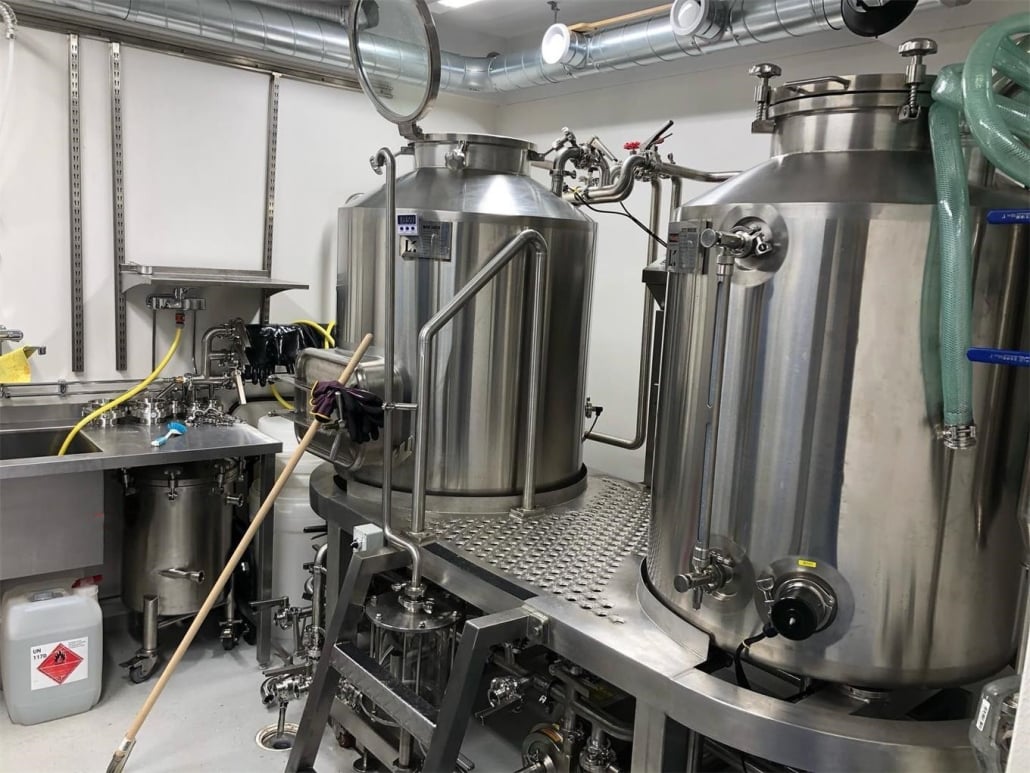
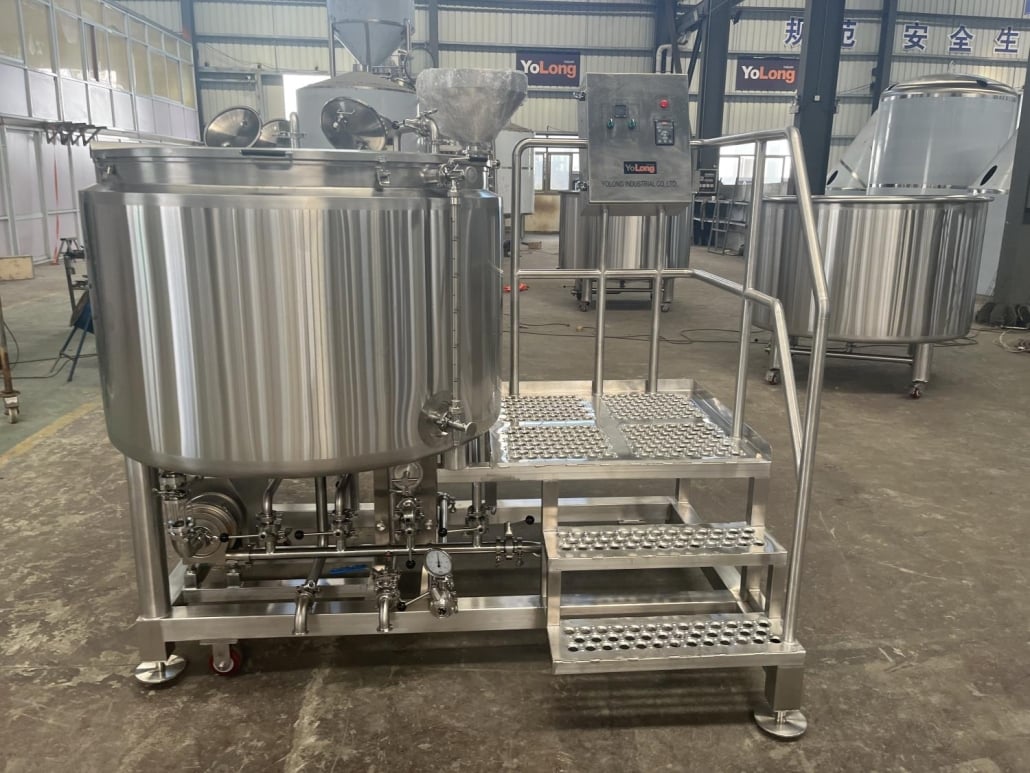
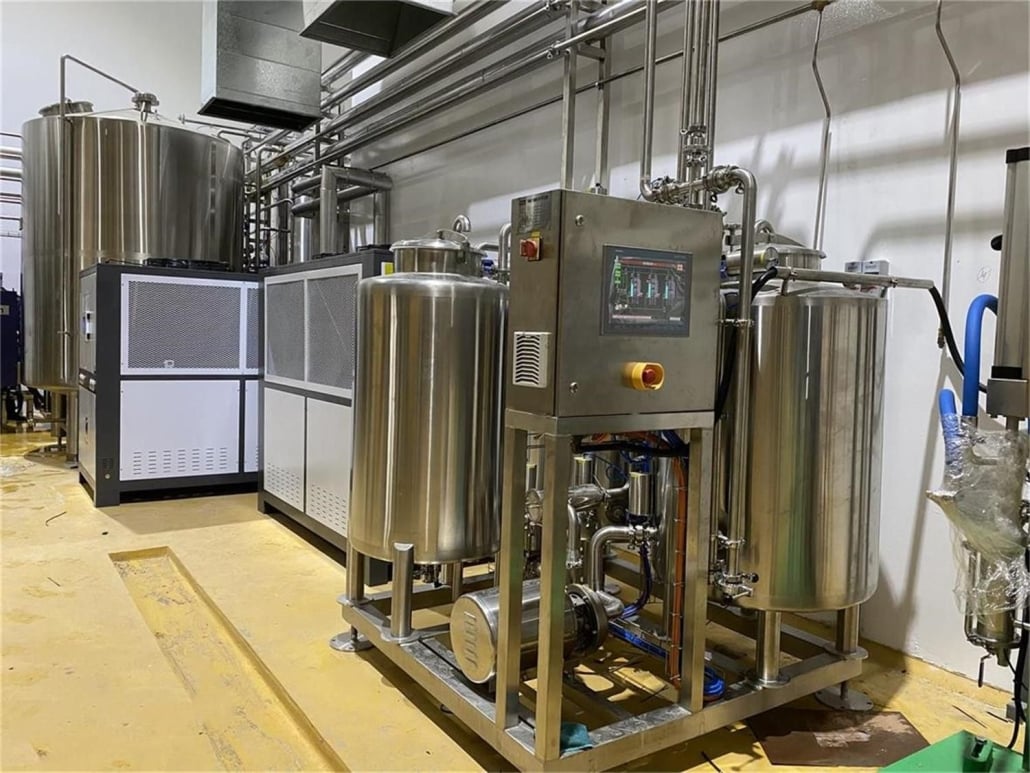
Direct-to-Consumer (DTC) and E-commerce Expansion Reshapes Beer Sales
You used to have to trek to the brewery or hope your local store stocked that small-batch sour you loved. Now? A few clicks, and it’s on your doorstep.
Craft breweries are going full steam ahead with DTC and e-commerce strategies. Platforms that allow legal online alcohol sales are booming, and breweries are investing in slick websites, subscription boxes, and even virtual tasting rooms.
This is huge for smaller breweries looking to build national (or even global) audiences without distribution headaches. And consumers love the convenience—and the access to exclusive, limited-run releases.
One catch? Legal red tape. Shipping alcohol across state lines can be tricky, but most breweries are finding creative (and compliant) ways to make it work.
Brewery Taprooms as Hybrid Experience Spaces
Forget dark, dingy bars. Taprooms in 2025 are community hubs, coworking spaces, yoga studios, concert venues, and food halls all rolled into one.
As people look for experiences, not just drinks, breweries are evolving. They’re hosting trivia nights, live art shows, and pop-up kitchens. Some even double as coffee shops in the morning or vintage markets on weekends.
This hybrid approach not only boosts revenue streams, but also keeps people coming back for more. After all, it’s not just about the beer anymore—it’s about the vibe.
The Influence of Gen Z Drinkers on the Craft Beer Market
Gen Z is changing the rules of the game. They’re curious, value-driven, and not afraid to try new things. While their parents might stick to familiar IPAs, Gen Z is sipping gose beers brewed with sea salt and coriander.
What do they want? Transparency, sustainability, inclusivity, and flavor innovation. They’re less brand-loyal and more socially conscious. They care about the story behind the beer and the ethics of the brewery making it.
And guess what? They’re also the driving force behind the low-alcohol and non-alcoholic trend. Breweries that can speak their language and meet them on their terms are set to win big in 2025 and beyond.
FAQ
| Question | Answer |
|---|---|
| Are sustainable practices really important for small breweries? | Absolutely. Even small actions—like switching to recyclable packaging or sourcing local hops—can build brand loyalty and reduce costs. |
| Is there a real market for non-alcoholic craft beer? | Yes! The market has exploded, especially among health-conscious consumers and younger drinkers. Expect this trend to keep growing. |
| How can AI help a small craft brewery? | AI can optimize recipes, predict popular flavor trends, and improve consistency—without needing a data scientist on staff. |
| What are the legal hurdles of DTC beer sales? | Alcohol laws vary by state and country. Many breweries partner with fulfillment services or use specialized platforms to navigate the maze legally. |
| Are taprooms really evolving that much? | Definitely. Taprooms in 2025 are about more than beer. They’re part event space, part community center, and part Instagram-worthy destination. |
| How can a brewery attract Gen Z? | Be authentic, tell your story, offer unique flavors, and show your values. Gen Z can sniff out a fake brand faster than a stale lager. |
Additional FAQs on 7 Craft Beer Trends (2025)
1) Which sustainability upgrades deliver the fastest ROI for small breweries?
- Heat recovery (wort-to-HLT), improved insulation, and VFD pumps typically cut thermal/electric loads 15–25% with paybacks in 12–24 months, often accelerated by utility rebates.
2) What styles are winning in low/no-alcohol craft beer?
- Dry-hopped NA IPAs, crisp NA lagers, and fruited sours with 0.0–0.5% ABV lead growth due to better mouthfeel from arrested fermentation and vacuum dealcoholization.
3) How can a small brewer use AI without a big budget?
- Start with recipe/fermentation analytics in off-the-shelf platforms, pair with low-cost IoT loggers for temp/gravity, and use LLM prompts for flavor ideation and SOP generation.
4) What DTC tactics work best in 2025’s regulatory landscape?
- Membership/subscription drops, geo-fenced shipping via compliant marketplaces, and seasonal mixed packs. Partner with licensed fulfillment centers to navigate state-by-state rules.
5) What do Gen Z drinkers value most from breweries?
- Authentic sustainability, inclusive branding and spaces, unique local ingredients, and transparent sourcing. They reward brands with credible community engagement and data-backed eco claims.
2025 Data Snapshot: 7 Craft Beer Trends At-a-Glance
| Trend Area | 2025 Signal | Benchmarks/Stats | Sources |
|---|---|---|---|
| Sustainability | Efficiency upgrades standard | 15–25% energy reduction with heat recovery/insulation; water intensity targets 3.5–5.5 hl/hl | Brewers Association Sustainability, OEM papers |
| Low/No Alcohol | Fastest-growing segment | NA craft up high single to low double digits YoY; expanding shelf space in grocery | Industry press; retail scans |
| Local/Novel Flavors | Terroir-focused SKUs | Seasonal/local ingredient beers account for 10–20% of rotating taps in urban markets | Trade media, brewery reports |
| AI/Automation | “Smart cellar” adoption | IoT temp/CO2 logging and automated CIP increasingly bundled on new systems | OEM specs; integrator case studies |
| DTC/E‑commerce | Subscriptions drive LTV | Beer clubs/subs: higher repeat purchase and lower CAC vs one-off drops | Commerce platform benchmarks |
| Hybrid Taprooms | Experience-led revenue | Events/food/collabs add 10–30% incremental revenue vs beer-only service | Operator surveys |
| Gen Z Influence | Value-driven choice | Preference for authentic sustainability and NA/low-ABV options; high social discovery | Consumer insights, BA research |
Note: Use these signals to prioritize investments: oxygen control + QC, energy/water efficiency, and digital sales ops.
Latest Research Cases
Case Study 1: AI-Enabled Fermentation Cuts Variance and Waste (2025)
- Background: A 7 BBL urban brewpub struggled with inconsistent attenuation and off-aromas in hazy IPAs.
- Solution: Implemented IoT temperature and gravity loggers with an AI-assisted dashboard for fermentation trend alerts; standardized closed transfers and DO spot checks at packaging.
- Results: Batch-to-batch attenuation variance fell 42%; packaged DO median dropped from ~210 ppb to ~95 ppb; dump rate declined from 3.8% to 1.1%; net margin improved 4.2 pts.
Case Study 2: DTC Subscription Boosts Repeat Sales and Lowers CAC (2024)
- Background: Regional craft brewery sought to stabilize cash flow amid fluctuating wholesale orders.
- Solution: Launched quarterly subscription boxes with terroir-driven seasonals and NA variants; partnered with a compliant fulfillment marketplace for multi-state shipping.
- Results: 6‑month subscriber retention 72%; repeat purchase frequency +38%; CAC down 27% vs one-off e‑commerce; DTC share grew to 22% of total revenue.
Expert Opinions
- Bart Watson, Chief Economist, Brewers Association
- Viewpoint: “Right-sizing distribution—leaning into taproom and targeted DTC—remains the best hedge against wholesale volatility in 2025.”
- Tom Shellhammer, Ph.D., Professor of Fermentation Science, Oregon State University
- Viewpoint: “Low-oxygen practices and trub management are still the biggest levers for flavor stability, especially as NA and low-ABV styles expand.”
- Mary Pellettieri, QA Consultant; Author of “Quality Management for Craft Beer”
- Viewpoint: “QA early pays back: DO/TPO tracking, validated seams/closures, and documented CIP prevent the shelf-life issues that sink new releases.”
Practical Tools and Resources
- Brewers Association (economics, sustainability, QA): https://www.brewersassociation.org
- ASBC Methods of Analysis (oxygen, sensory, microbiology): https://www.asbcnet.org
- E‑commerce/DTC compliance and shipping: https://www.compliancebeer.com (industry platforms vary by region)
- ProBrewer community (DTC, build‑out, QA threads): https://www.probrewer.com
- OEM sustainability and automation insights: https://www.gea.com | https://www.krones.com
- QA instruments (DO/TPO, CO2, density): https://www.anton-paar.com
- Incentives for energy/water efficiency (US): https://www.dsireusa.org
Implementation tip: Prioritize projects that compound—oxygen control + QA data, energy recovery + insulation, and DTC subscriptions + local-ingredient storytelling. These align with all 7 Craft Beer Trends and build defensible margin.
Last updated: 2025-09-29
Changelog: Added 5 FAQs, 2025 trends snapshot table with KPIs, two recent case studies (AI-enabled fermentation; DTC subscriptions), expert viewpoints, and actionable tools/resources tailored to the 7 Craft Beer Trends
Next review date & triggers: 2026-03-31 or earlier if retail scan data shows major NA growth shifts, DTC regulations change, or new BA/ASBC QA benchmarks and sustainability targets are released
Share this entry
Interested in learning more about Brewing Systems including additional details and pricing information? Please use the form below to contact us!
YOLONG BREWERY EQUIPMENT FAQS
- Commercial Brewery / Craft Brewery / Microbrewery / Nanobrewery
- What is The Difference Between Craft Beer and Industrial Beer?
- The Bespoke Differences In Custom Brewing Systems
- Everything You Need to Know About Kettle Souring
- How to Choose Brewing Equipment for Your business?
- How To Choose The-Best Partner To Build Your Commercial Microbrewing System?
- Two Detection Sensors That You Need To Use In Your Brewhouse System
- Remote Control Applications in Brewing Equipment/How does it work?
- How To Clean Your Brand New Brewery Tanks?
